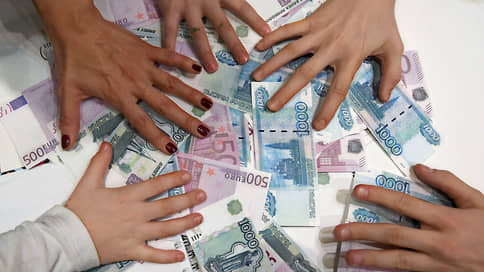EU trade deficit with Russia turned into positive balance
[ad_1]

The European Union (EU) deficit in trade with Russia, which peaked at €18.4 billion in March 2022 and narrowed to €6.1 billion in December, was replaced by a positive balance of €0.2 billion in March 2023, follows from Eurostat data. Supplies from the Russian Federation to the EU in monetary terms decreased from €22 billion in March 2022 to €3.8 billion in March 2023. The counter flow of goods from the European Union to Russia in March increased slightly year-on-year, from €3.6 billion to €4 billion.
The reason, as noted in Eurostat, is in energy prices. The record deficit of the trade balance of the EU countries (€ 432 billion) since the beginning of observations, which was recorded at the end of 2022, was associated with a sharp increase in the cost of imports (plus 41% by 2021) against the backdrop of an increase in the cost of energy resources (for 2022 their supply in monetary terms increased by 113.6%). Because of this, the EU deficit in trade with Russia also reached a record €148.2 billion in 2022 (for more details, see Kommersant on April 4): then the export of goods from the EU to Russia decreased by 38.1%, to €55 .2 billion (at least since 2005), imports from the Russian Federation increased by 25%, to €203.4 billion (€230 million less than the historical maximum of 2012).
As Eurostat explains, the excess of the cost of supplies from the EU to the Russian Federation over the cost of imports from the Russian Federation to the EU in the first quarter of 2023 is the result of lower energy prices in combination with restrictions imposed by the EU on imports (an embargo on the import of crude oil began to operate from December 2022 year, for the import of petroleum products – from February 2023).
Recall that since the start of the military operation in Ukraine, trade between the EU and Russia has significantly decreased: as follows from the new Eurostat data, the share of the Russian Federation in EU exports decreased from 4% in February 2022 to 1.8% in March 2023, and in imports for the same period – from 9.5% to 1.9% (see chart). As Acting Head of the Customs Service Ruslan Davydov confirmed at a meeting of the FCS board yesterday, the downward trend in trade between the Russian Federation and the EU continues in 2023. In general, according to Mr. Davydov, imports to the Russian Federation in January-May 2023 increased by 9% compared to the same period in 2022. Detailed data on foreign trade statistics, the publication of which was suspended last year, According to himshould not be expected in the near future.
[ad_2]
Source link






